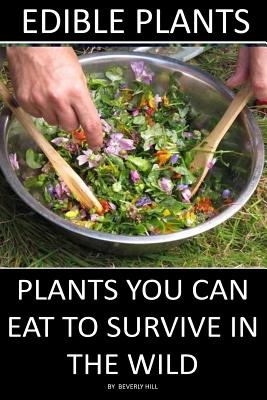
description
you need to worry about when in a survival situation is what you're going to eat. The human body is highly resilient, and can go without food for longer than you think. On the other hand, shelter and water are pretty much non-negotiable in order to survive. However, it is possible to familiarize yourself with edible wild plants before you get into a survival situation, in which case you'll have a good idea of which wild plants you can eat if necessary. In addition, once you learn to identify some of these common edible wild plants, you might be able to add them to your diet while you're still in the city. Ever watched those shows where ordinary people are unexpectedly stranded in the wild and have to survive by their bare wits and living off nature? Notice how some poor guy always runs into trouble when he eats a plant he thinks is safe, but is actually highly poisonous? Clearly his survival instinct weren't up to part. Think you could do a better job? No matter where you are in the world knowing what plants are edible and which ones could kill you is a critical survival skill. You never know when you may be stranded in the woods, washed up on a deserted island, or have to fend for your self when the zombie apocalypse strikes (hey, it could happen). There are some important facts about plants to know which end up keeping you alive by swallowing a few bitter stalks; like knowing the difference between plants that look and smell awful, but are really delicious and nutritious, and what plants smell bad, and taste worse, but may really have enough nutrients to keep you going. Unless you've spent time picking up nifty survival tricks in the army, or were a Boy Scout (or Girl Scout), chance are you probably don't know some of the tricks to finding edible plants. The first things to know are the warning signs that a plant is poisonous: plants with leaves that grow in a pattern of threes, seed or bulbs that are found inside pods, a bitter or soapy taste, sap that is mildly or strangely discolored, grain head that have spikes, hooks or spurs, and a kind of bitter "almond" smell to the leaves or bark. These are all signs that they shouldn't be eating it. You can also apply the Universal Edibility Test to the sprout you're considering consuming, and keep your eyes peeled for these useful plants which are definitely edible and sure to help you survive in the wild.
member goods
No member items were found under this heading.
Return Policy
All sales are final
Shipping
No special shipping considerations available.
Shipping fees determined at checkout.







